Infinity by Journey
Buy Infinity The classic lineup of Journey came together for the album Infinity, released in 1978. Although this was the fourth overall album for the group that had been together since 1973, it […]
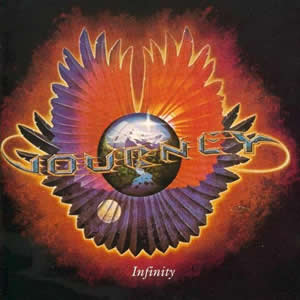
Buy Infinity The classic lineup of Journey came together for the album Infinity, released in 1978. Although this was the fourth overall album for the group that had been together since 1973, it […]
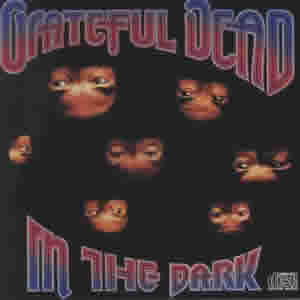
Buy In the Dark In the Dark was the first studio album by the Grateful Dead in over seven years (their twelfth overall) and was a comeback album on several levels. It was […]
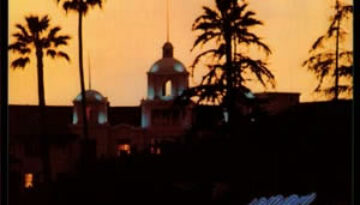
Buy Hotel California Whether it was done intentionally or not, Hotel California came pretty close to being a true concept album by The Eagles. The songs each loosely share the themes of paradise […]
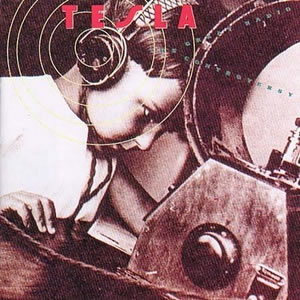
Buy Great Radio Controversy The group Tesla never quite fit within any definitive genre box, which may have ultimately prevented the Northern California band from reaching their critical or commercial potential. In the […]
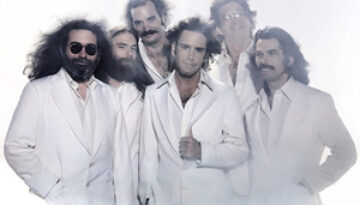
Buy Go To Heaven Long derided as one of the most unpopular albums among the Grateful Dead faithful, Go To Heaven is ,nonetheless, a solid record musically. The biggest change in the group’s […]
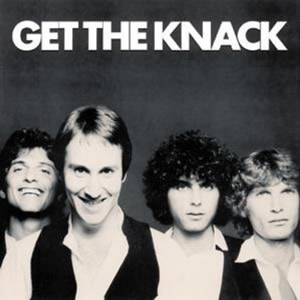
Buy Get the Knack Get the Knack was one of those rare debut albums that became the singular phenomenal success defining a band’s career. Released in the beginning of summer 1979, this album […]
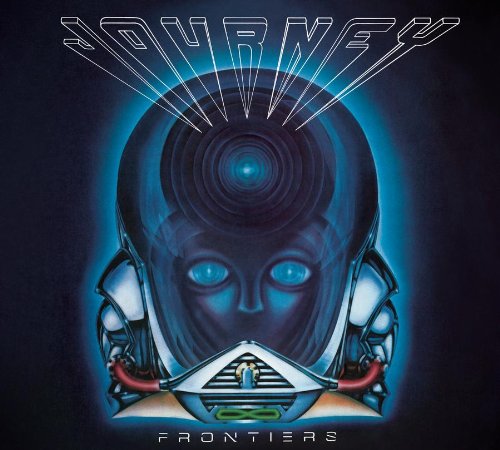
buy Frontiers Although not quite the commercial blockbuster of their previous album Escape, Journey‘s 1983 album Frontiers was a very close second commercially. The album reached #2 on the US charts, would garner […]
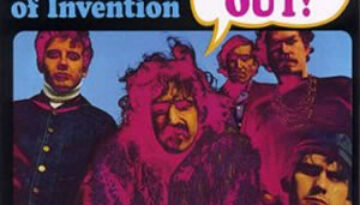
Buy Freak Out! In one of his last interviews, Frank Zappa said, “sounds are for people to listen to,” while summing up all the different types of instruments and objects he used to […]
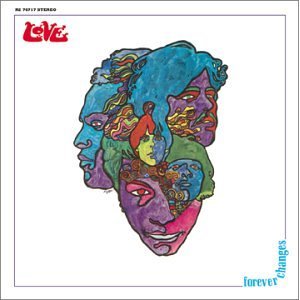
Buy Forever Changes/a> Forever Changes is the third album by the folk rock band Love, and has become their crowning achievement musically. It is a richly produced and sonically fine album which was […]
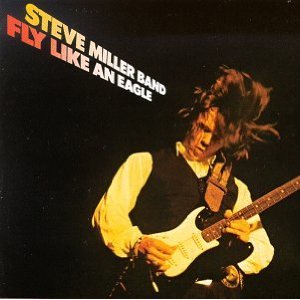
Buy Fly Like An Eagle With his ninth studio release, Steve Miller struck commercial gold in the quadruple platinum selling 1976 album, Fly Like An Eagle. The music on the album moves through […]